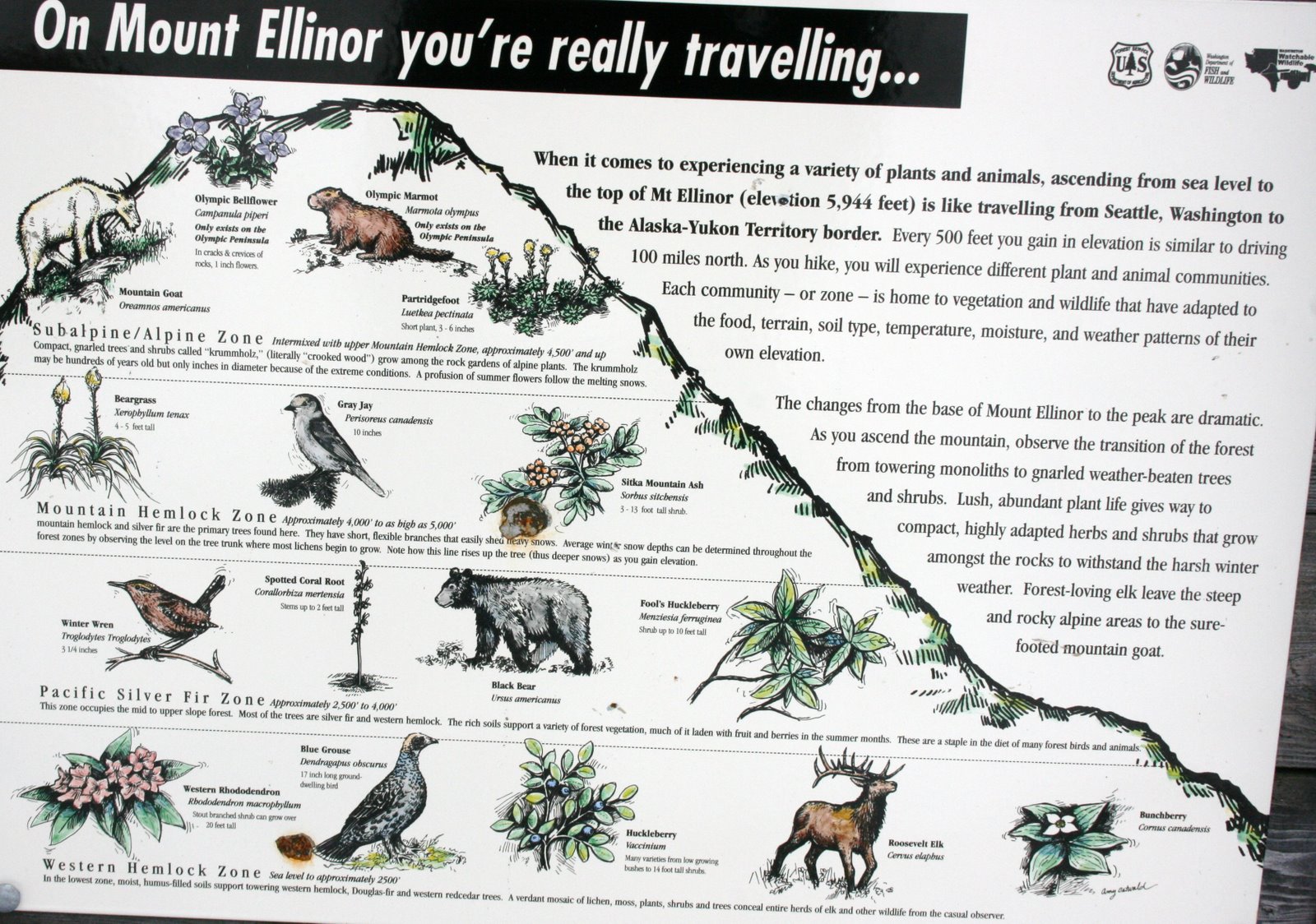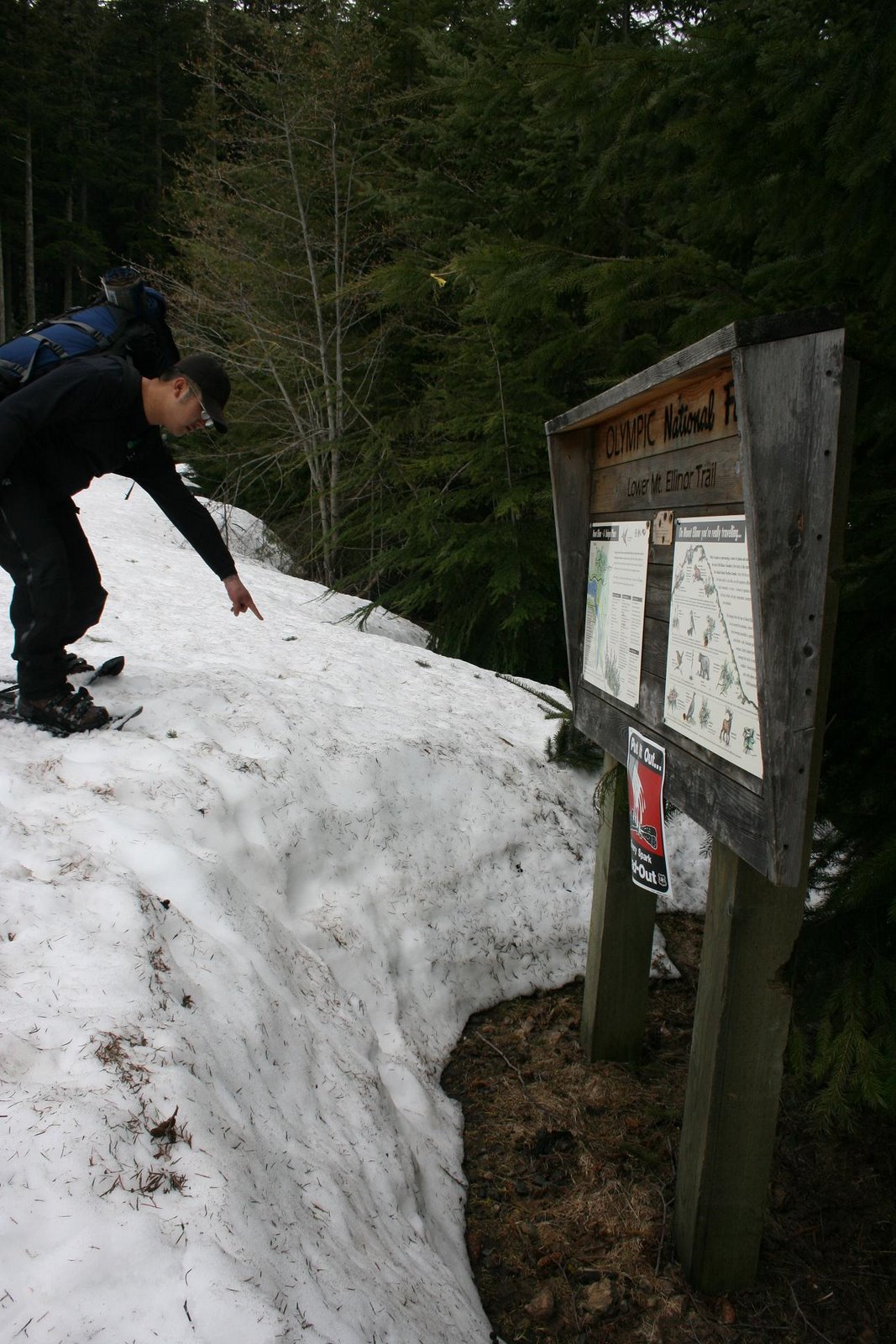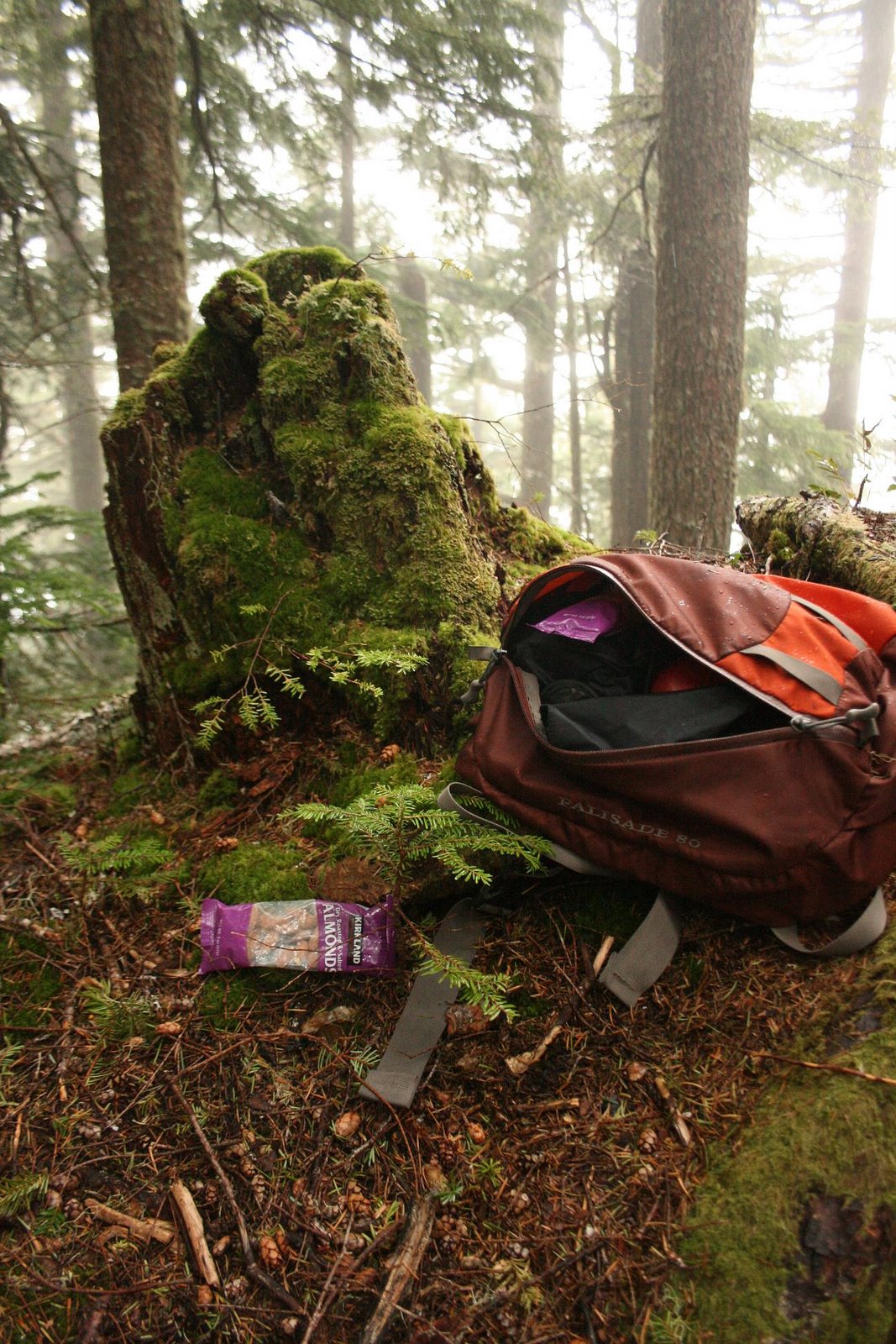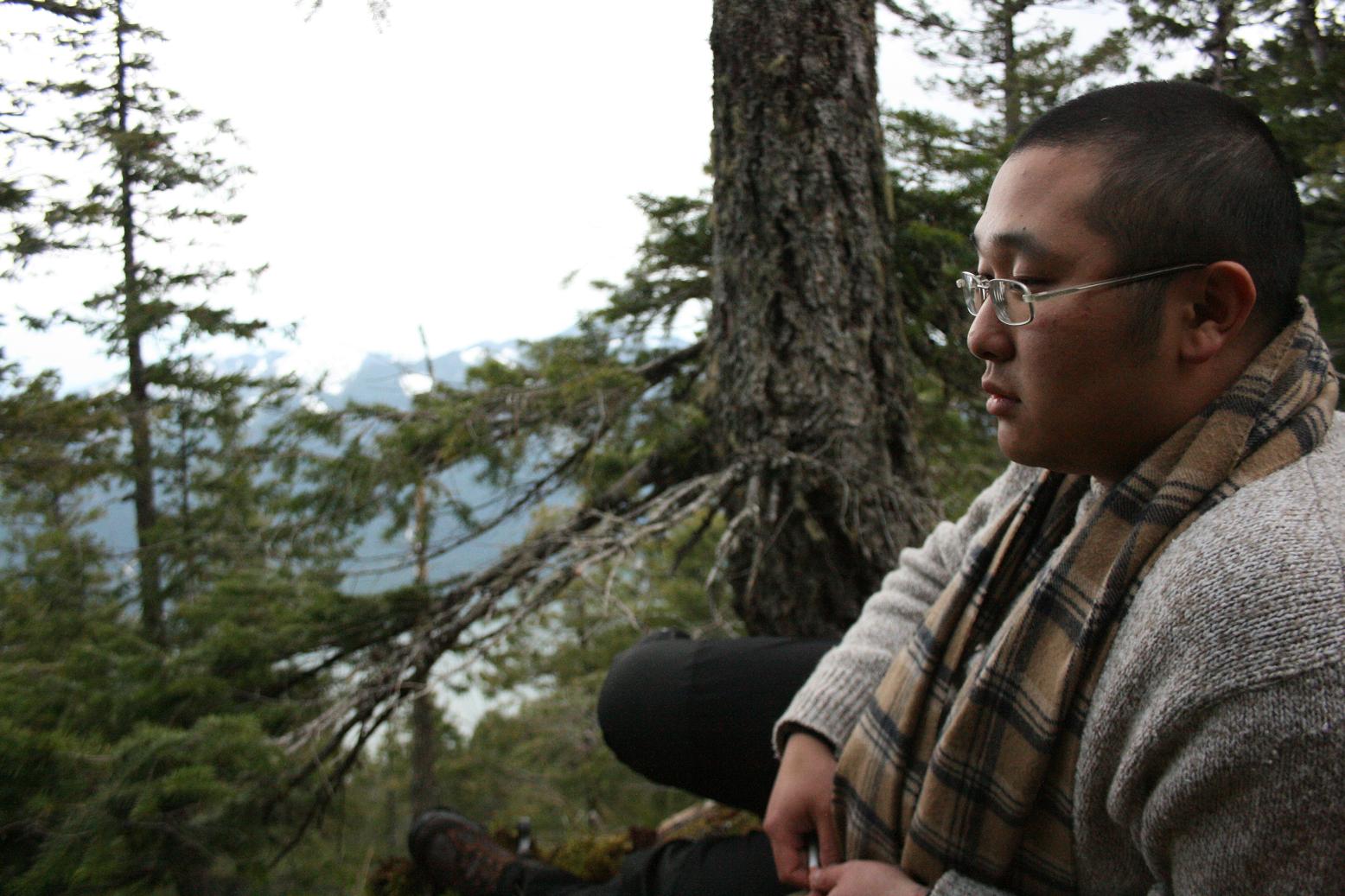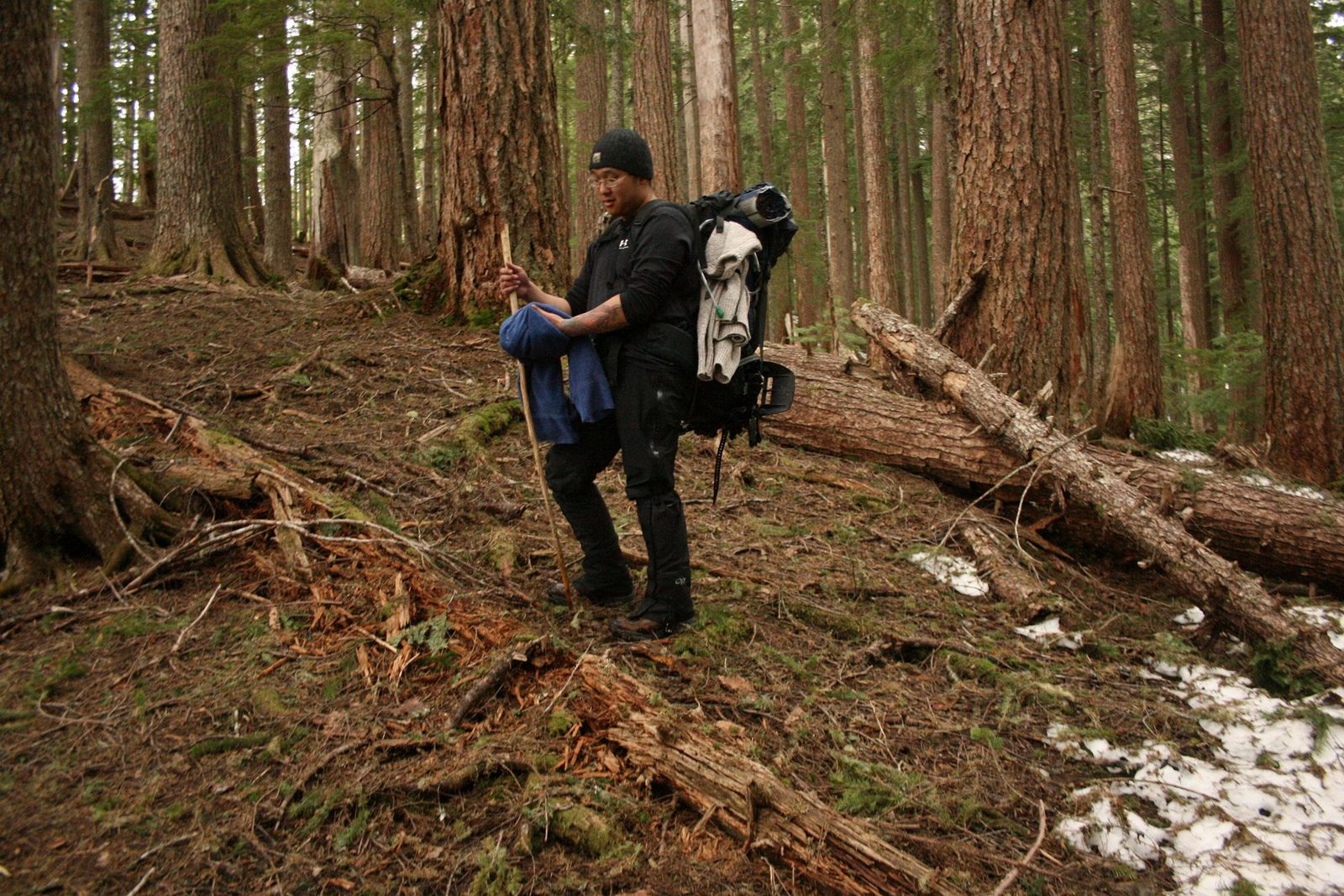"Your discussion of ecological assessment caught my interest, too. Environmental
historians--those practicing in history departments, not science
departments--often pay special attention to the language folks use to describe
nature: "enhanced" or "degraded" for whom? This impulse mostly derives from
historians' understanding of the entwined relationship of colonialism and
science, of which there is a large scholarship. As you might imagine, Native
people could lose out when colonial scientists helped categorize, map, and
explain landscapes in the American West for settlers. Terms like "healthy
landscape" meant healthy for settlers, not Natives. Historians always stress
the human dimension--otherwise we'd never get tenure!"

"But I do see that even twentieth-century language--"enhanced," "degraded"--is
falling by the wayside. What sort of language is cutting edge these days? Any
good references?"

Since restoration is often interdisciplinary, the language we use is sometimes more intuition than institution.

"We define river restoration as assisting the recovery of ecological integrity in a degraded watershed system by reestablishing hydrologic, geomorphic, and ecological processes, and replacing lost, damaged, or compromised biological elements."
http://www.agu.org/pubs/crossref/2005/2005WR003985.shtml

What all of this is pointing at is a very intuitive concept: health. There are also various ways and tools for evaluating health. But the general concept of ecosystem health is not really in question any more than is health for the individual human. While there are different systems of medicine (Ayurvedic, Naturopathy, Homeopathy, Osteopathy) they all share core values. Healthy bodies, like healthy ecosystems, are easy to recognize, yet hard to define.

A general definition of health might be linked to integrity, or functionality, productivity (of green biomass, AKA carbon sequestration) or sustainability (of soil and water resources). For example, we look at how an ecosystem provides services: how it adds to life and measurable values that rely on life: water, air, recreation, hunting, resource-production.
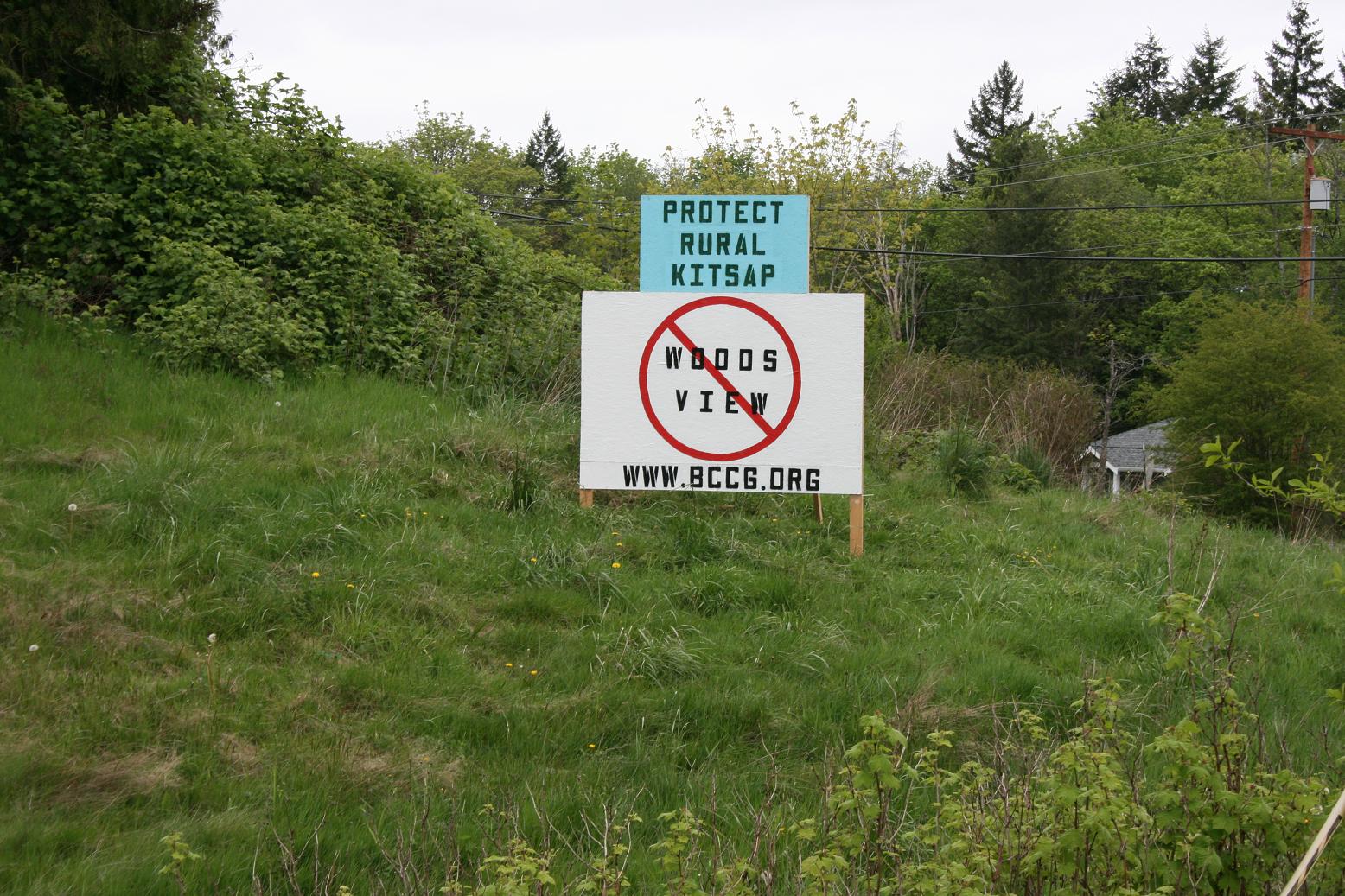
The whole gamut of ecosystem services, from pollination to producing oxygen, clean water, and climate control. The recent efforts to attach price tags to these services has the important goal of revaluing natural systems in our capitalist economy. In the past the price of a tree was the sale of a tree, but now we can enumerate the costs in that transaction, the detriment to the salmon run, to clean air and erosion control, to endangered species and multiple-use, sustainability, functionality, productivity, sequestration, elasticity (ability to buffer e.g. climate change)

The notion of ecosystem health in the professional sphere is supported by
factor analysis. Perhaps, as in other sciences like Quantum Mechanics, there are only equations: a relationship between numbers and variables. You could as well call the primary factor "oogly-boogly" as "impairment" or "health". But I don't think that is quite right, either. The math is logically constructed to conform to and confirm the consensus in the scientific and resource management community.
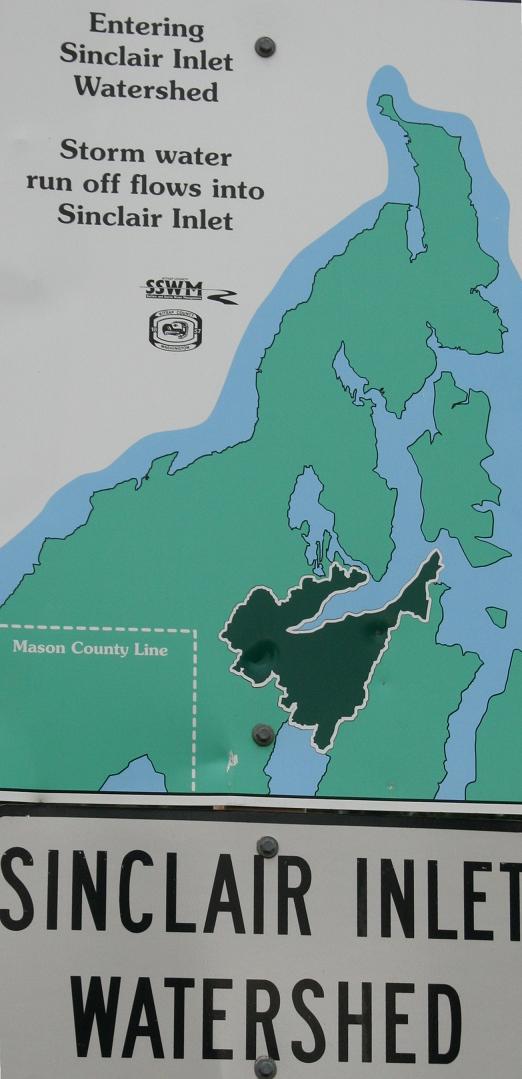
That consensus is one of the biggest untold intellectual ideas of the last hundred years: that ecosystems, like people, can be intrinsically healthy or unhealthy. The history of the American conservation movement, from the transcendentalists "preserving" sublime landscapes to environmentalists' campaigns to save the whale, eco 'hot spots' of "diversity" (watch out for that Chimera), and now landscape-level Resource Management, charts the emergence of a unified scientific consensus about what constitutes and is necessary for a healthy ecosystem. Thanks to Science, Technology, and Society scholars such as Kuhn, I needn't argue that we've progressed to a final understanding; there are certainly many technical difficulties in applied ecology/restoration, e.g.
measuring "productivity". But I do want to argue that there is a progression; scientists understand ecosystem health in more and better ways than we used to, e.g.
new wolf recovery plans take into account advances in theoretical genetics...
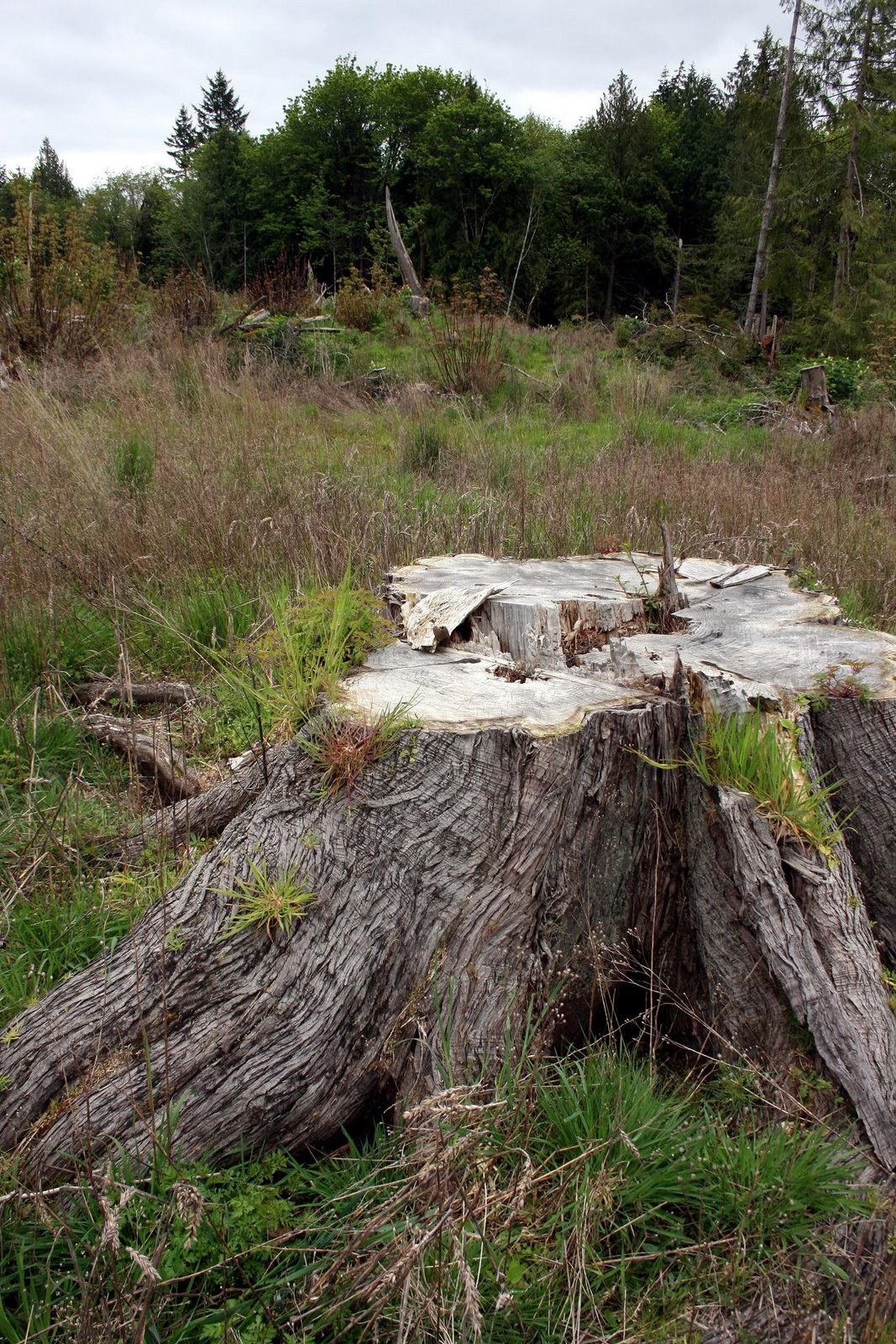
Unfortunately, public perception hasn't kept pace with the new consensus in Ecology and our society remains, arguably, the most ecologically illiterate ever. But this gap is understandable when you consider the leaps and bounds that ecology has made in the last 50 years. It is as if, up to about 50 years ago, we lacked the germ-theory of disease and today
ecologists are
embarked on
projects that exceed, in scope and application, the Human Genome Project.
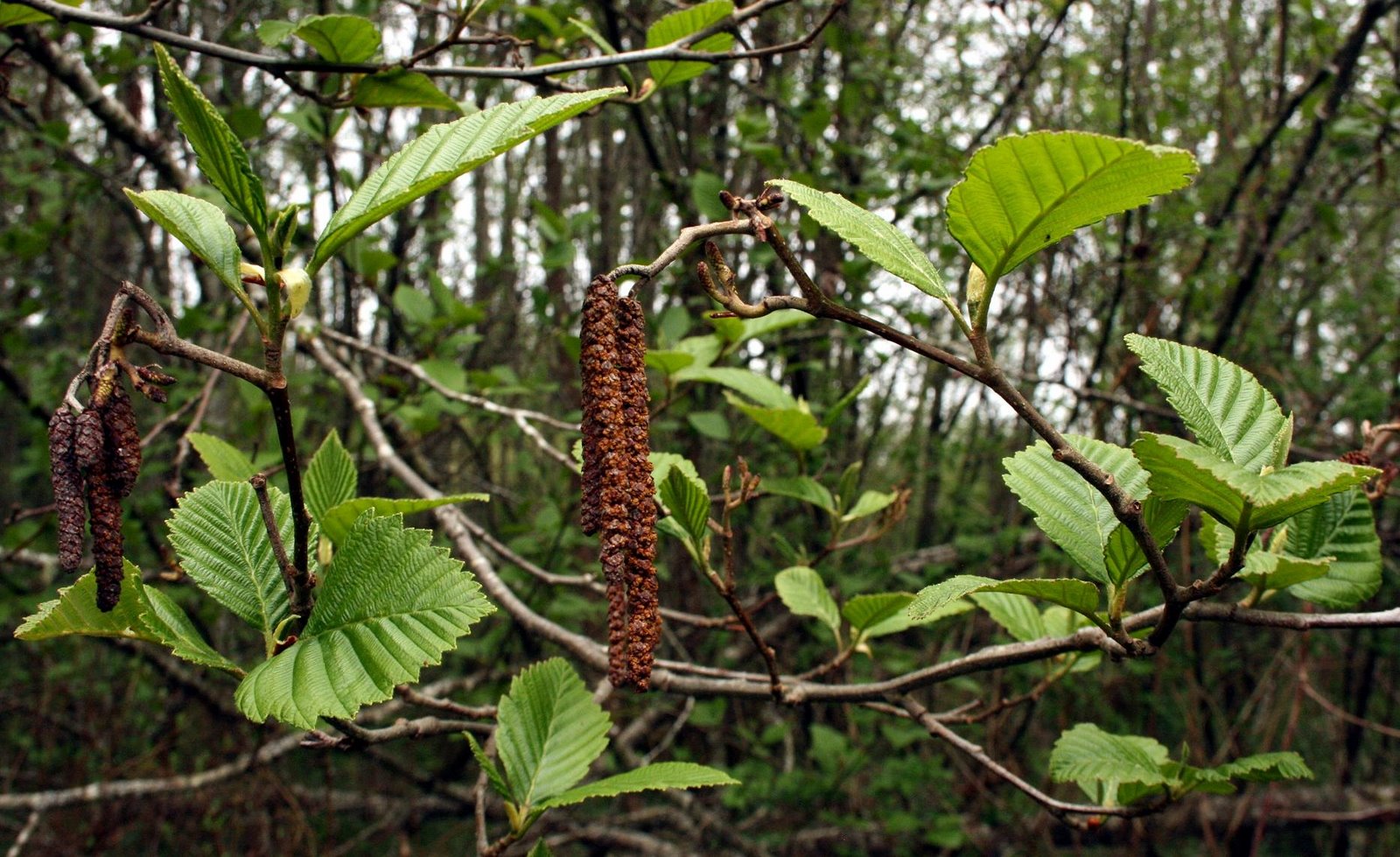
Unfortunately, public perception hasn't kept pace with the new consensus in Ecology and our society remains, arguably, the most ecologically illiterate ever. But this gap is understandable when you consider the leaps and bounds that ecology has made in the last 50 years. It is as if, up to about 50 years ago, we lacked the germ-theory of disease and today ecologists are embarked on projects that exceed, in scope and application, the Human Genome Project.
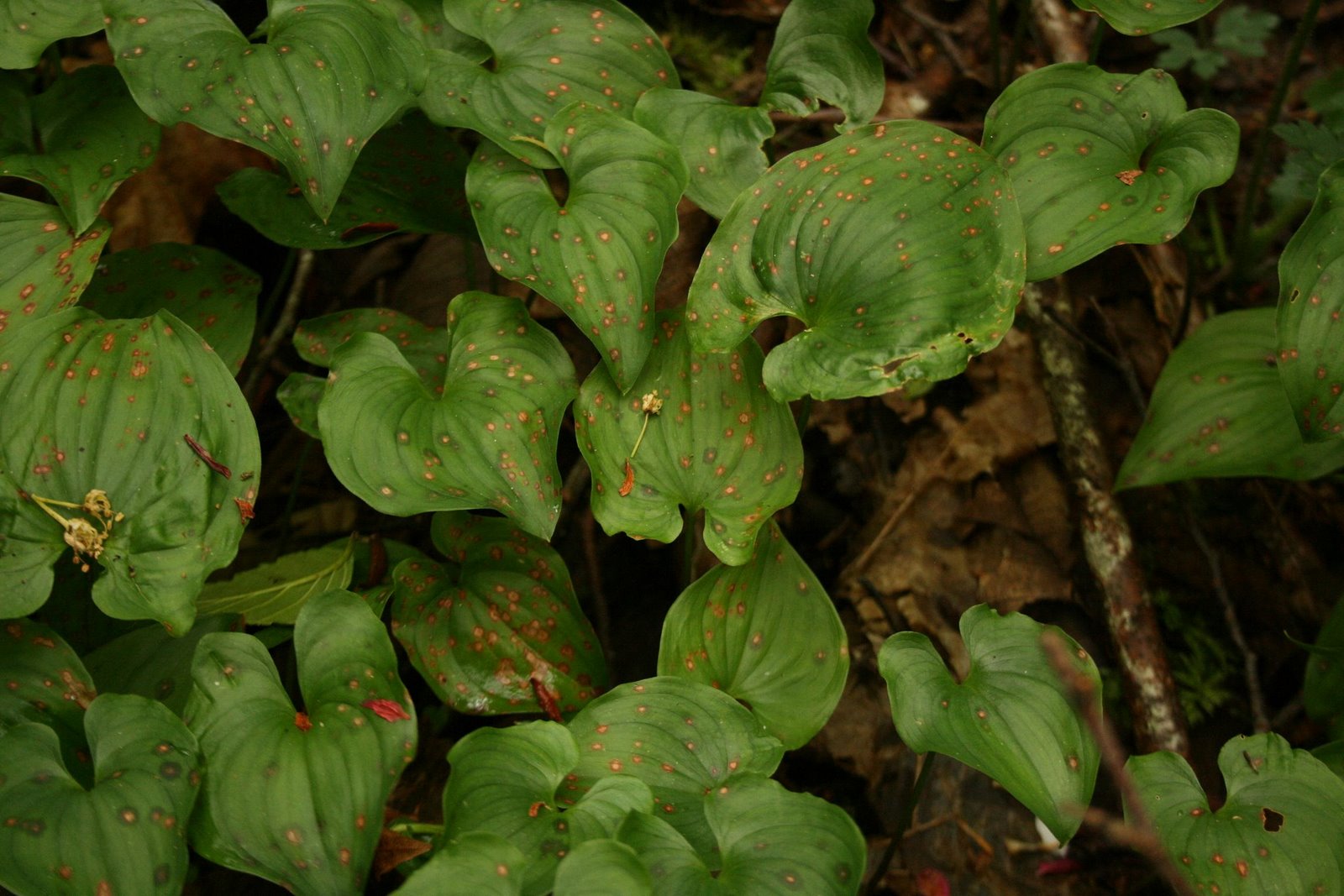
Maybe a better investigation of these concepts than I can provide would do something to alleviate the profound misunderstandings perpetrated and perpetuated by human ignorance on the Earth. It is as if basic laws of physics, such as gravity, were widely unknown and people routinely attempt to violate them. I say attempt, because, when people "cheat" nature, they always end up loosing. (e.g. : tamarix removal without native replanting fails, plowing windbreaks and conservation reserve grasslands creates dustbowl conditions, fire severity increases even as we spend more and more to control it, etc)
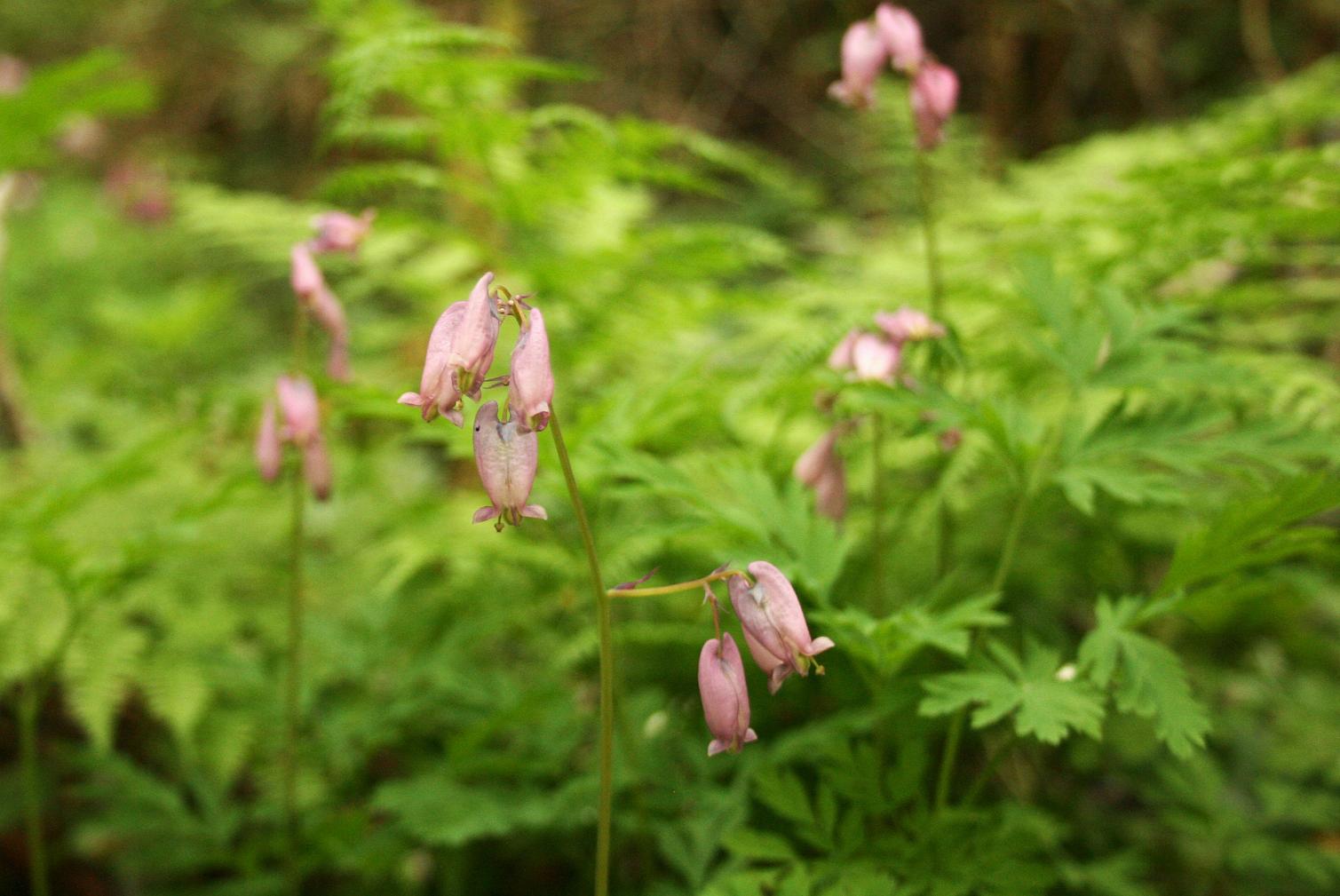
As someone astutely pointed out, sustainability isn't just a value, its a law of of physics (conservation of energy). It seems to be a law of healthy ecosystems, too. I'll let you know more as I figure it out. That factor analysis is especially vexing. I can't tell what their null hypothesis was...this discussion pokes at the undefined underbelly of restoration, which is in its infancy as a professional field. Perhaps that wild west character is why I'm attracted to it. I can work with restoration professionals in the field who are every bit as scientific as scientists in the University's' laboratories, without all the latter's emphasis on paradigm jargon and professional status. I'm sorry I can't think of any sources that focus on defining the concept superstructure of health in ecology and restoration.





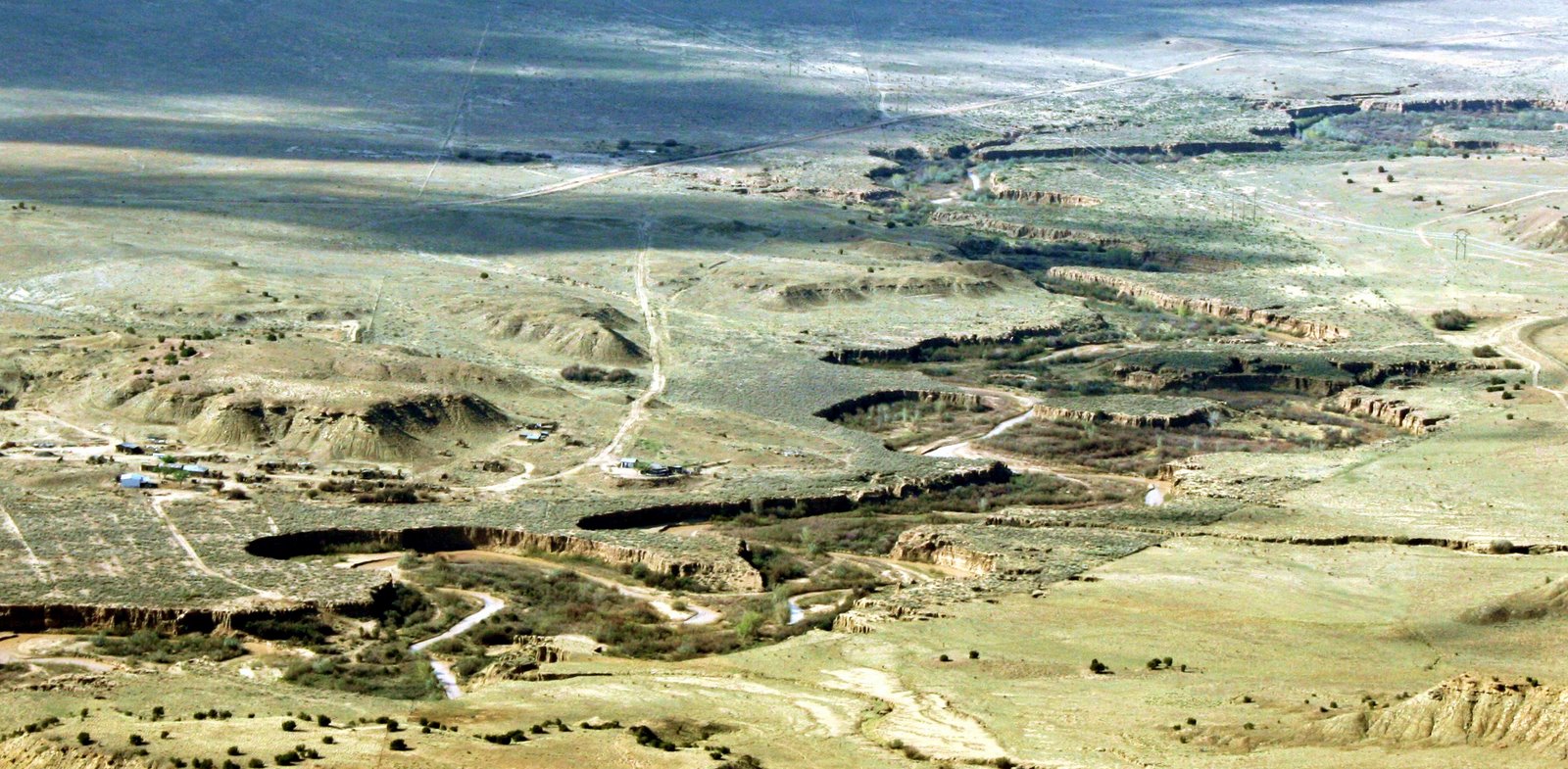
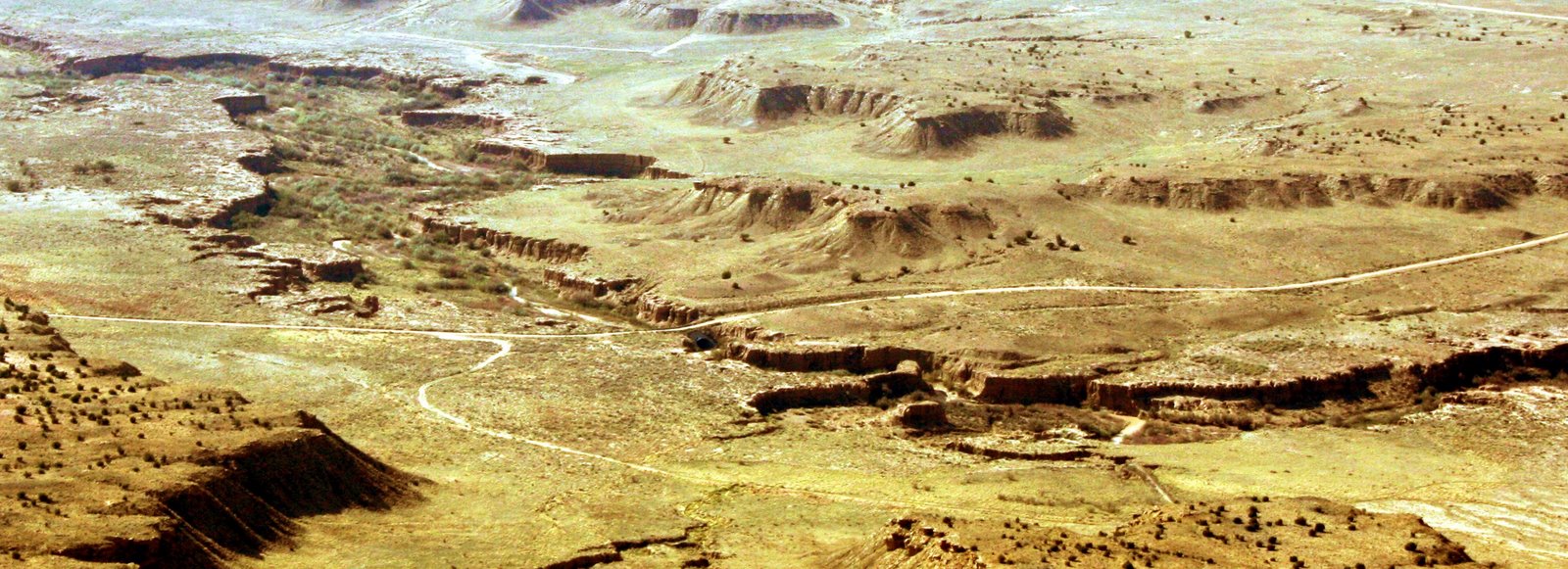














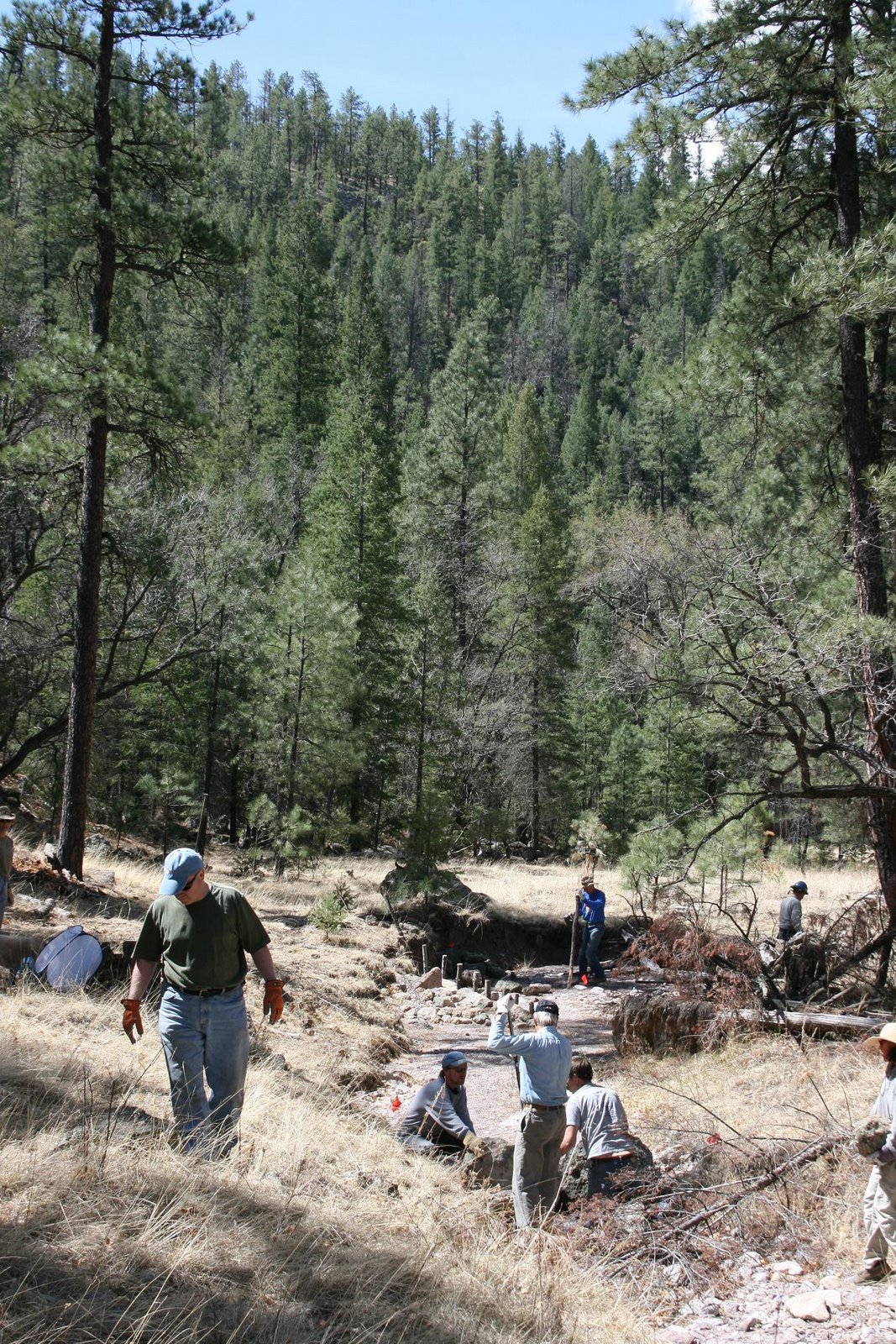
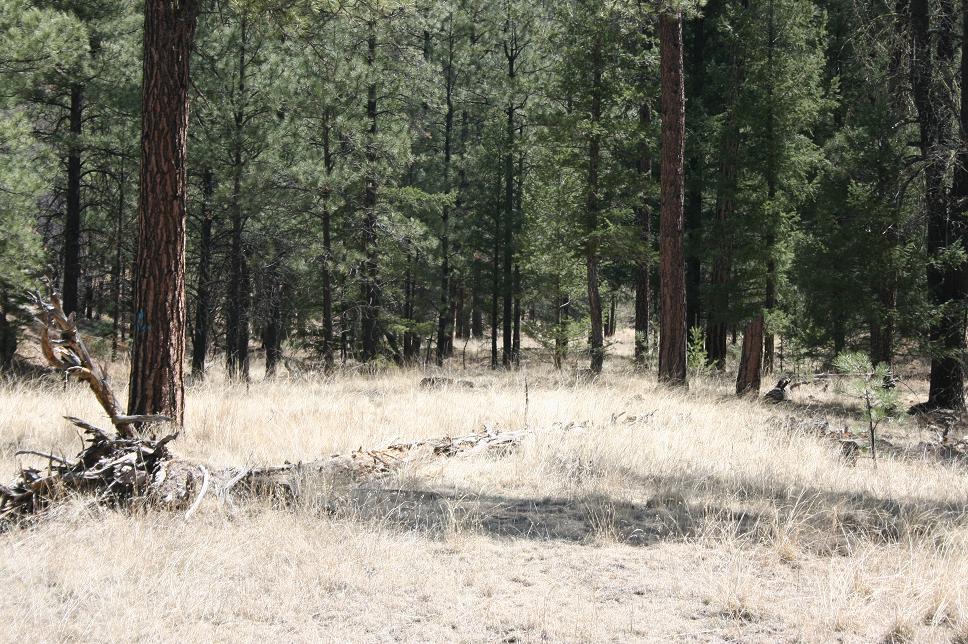
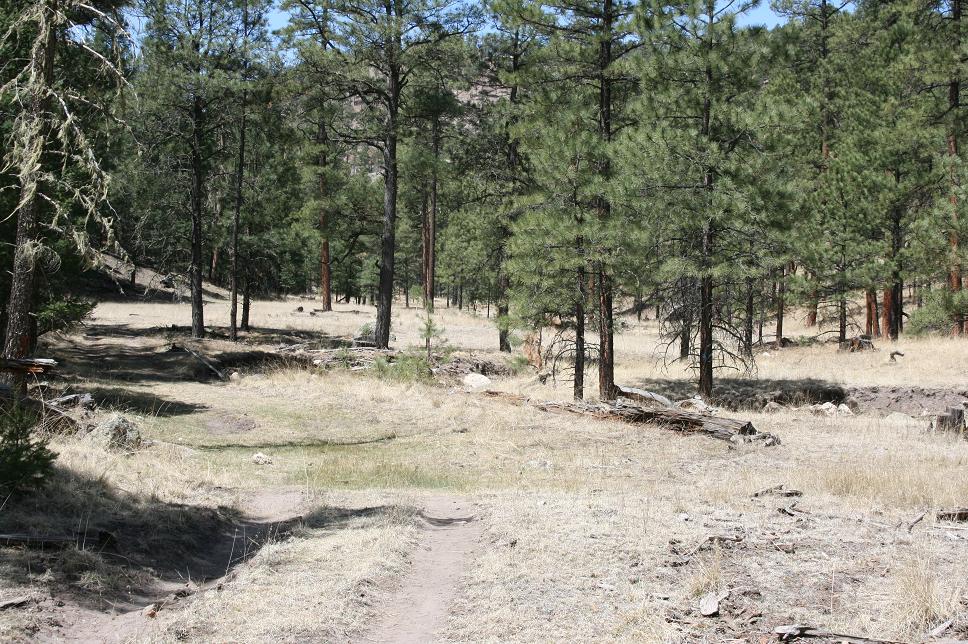

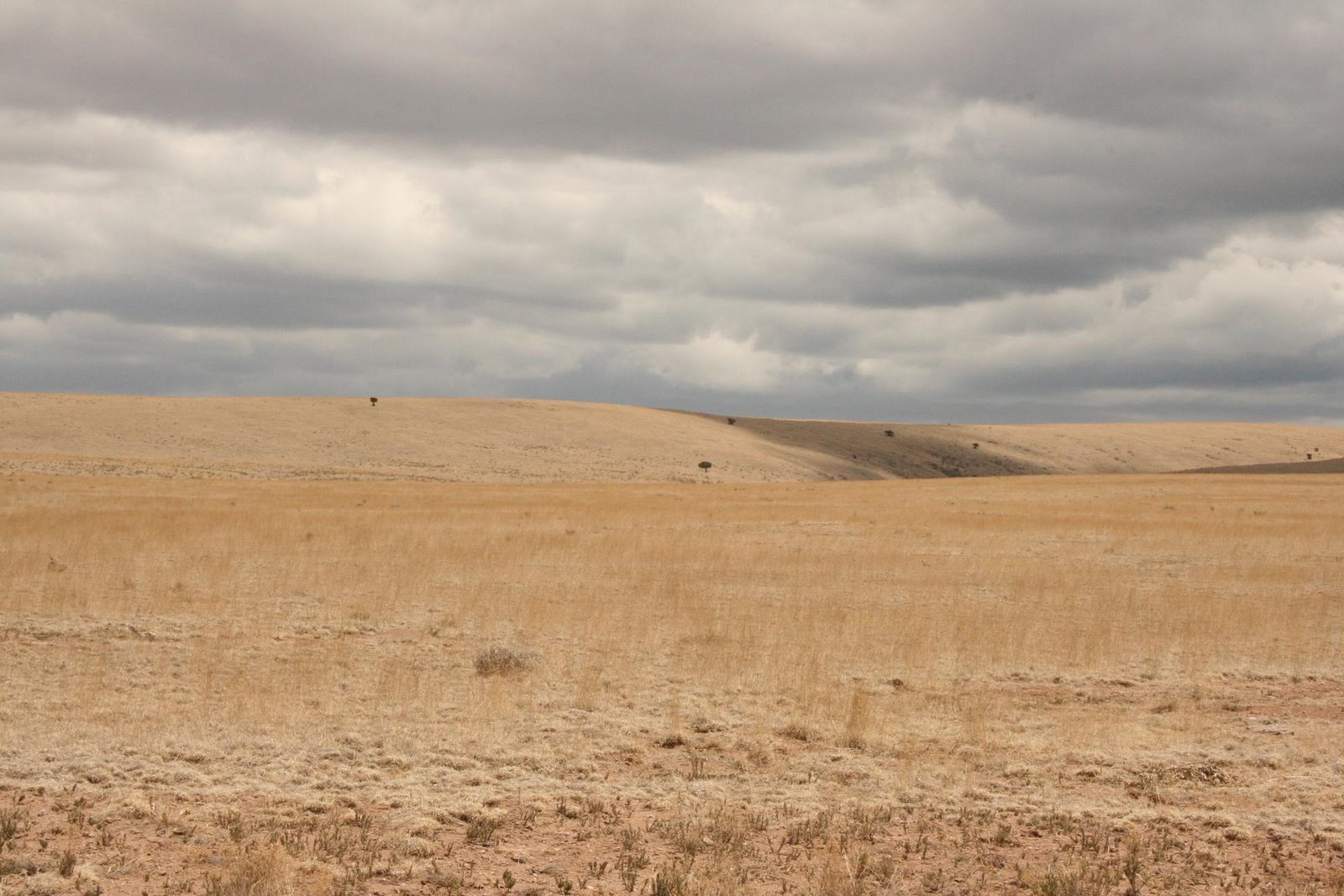
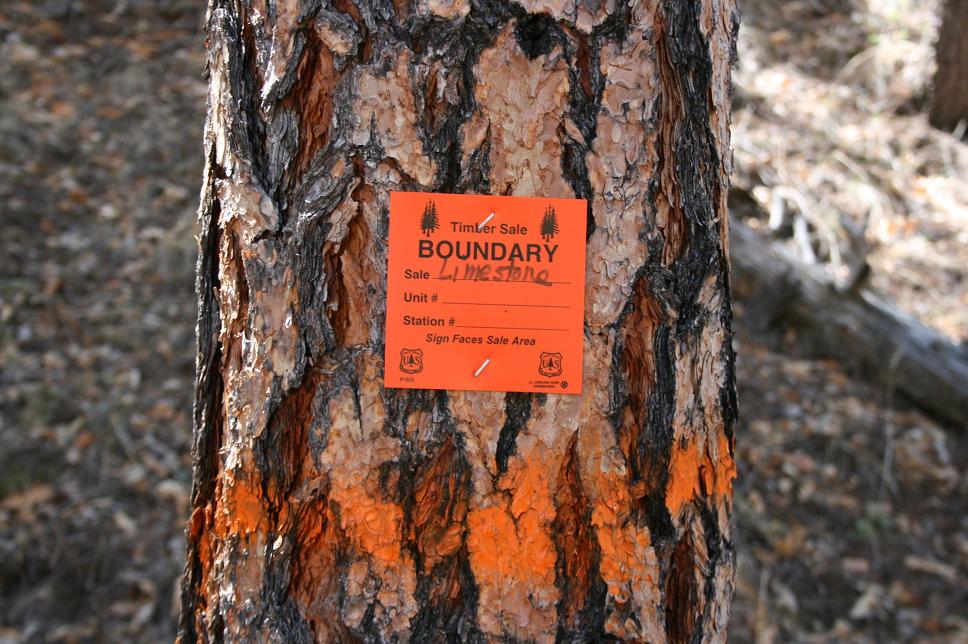


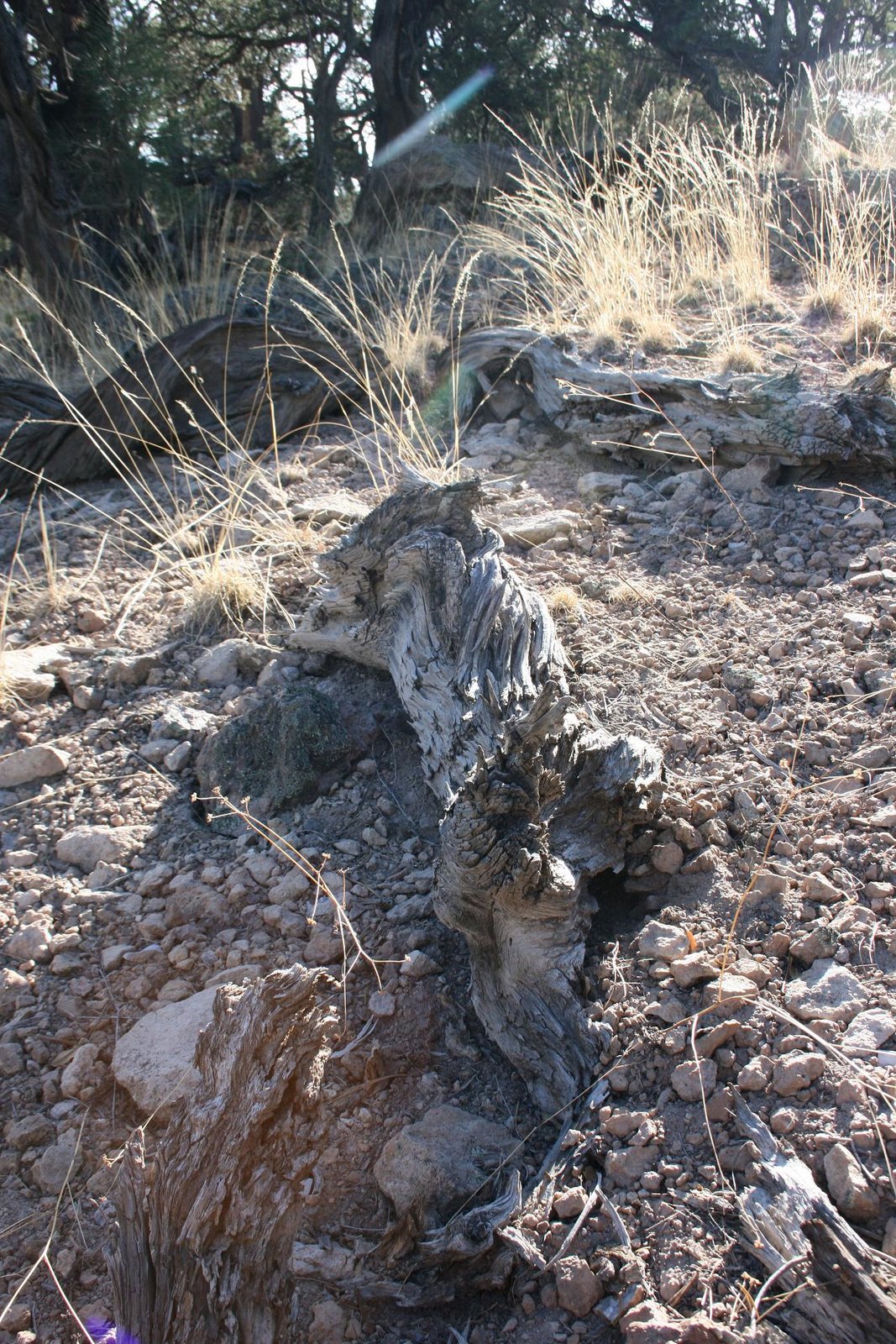

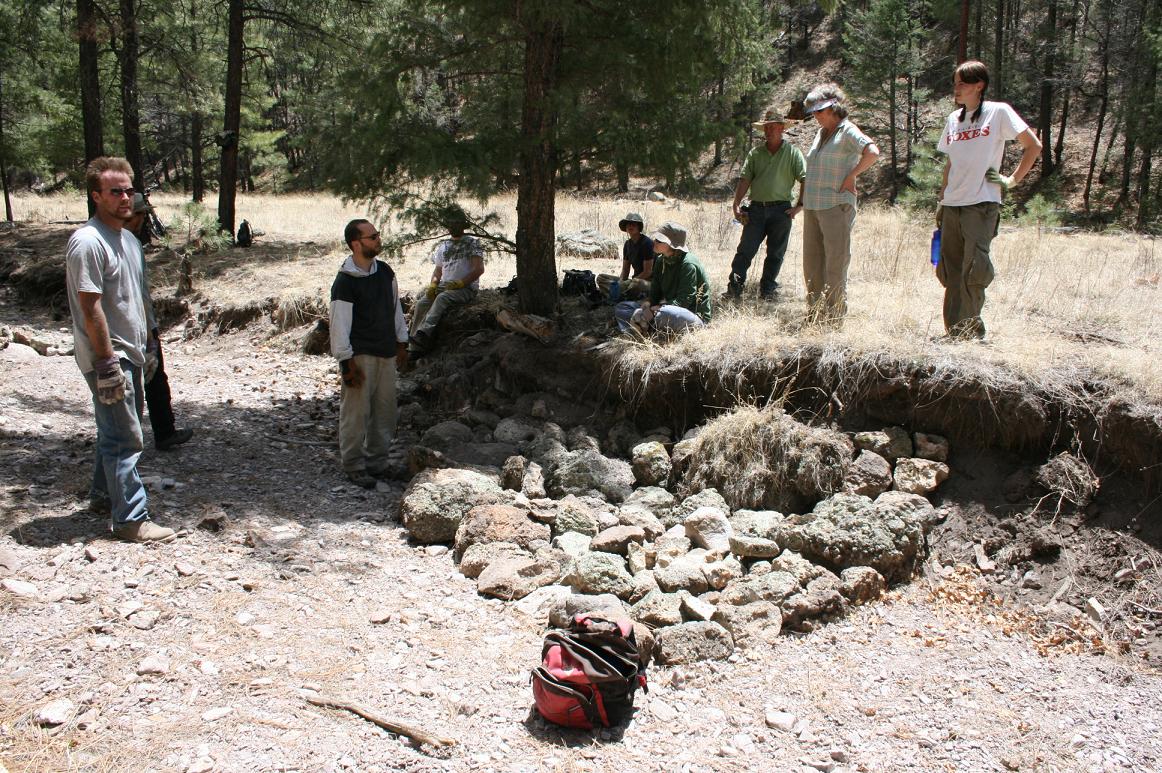 Why Volunteer?
Why Volunteer?